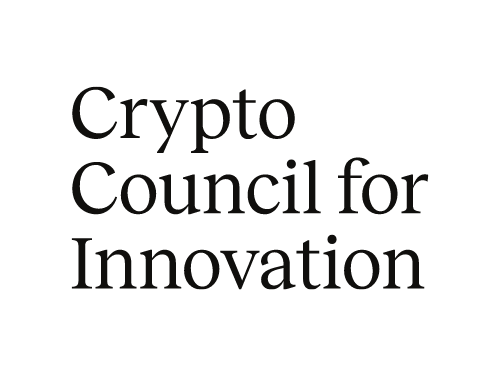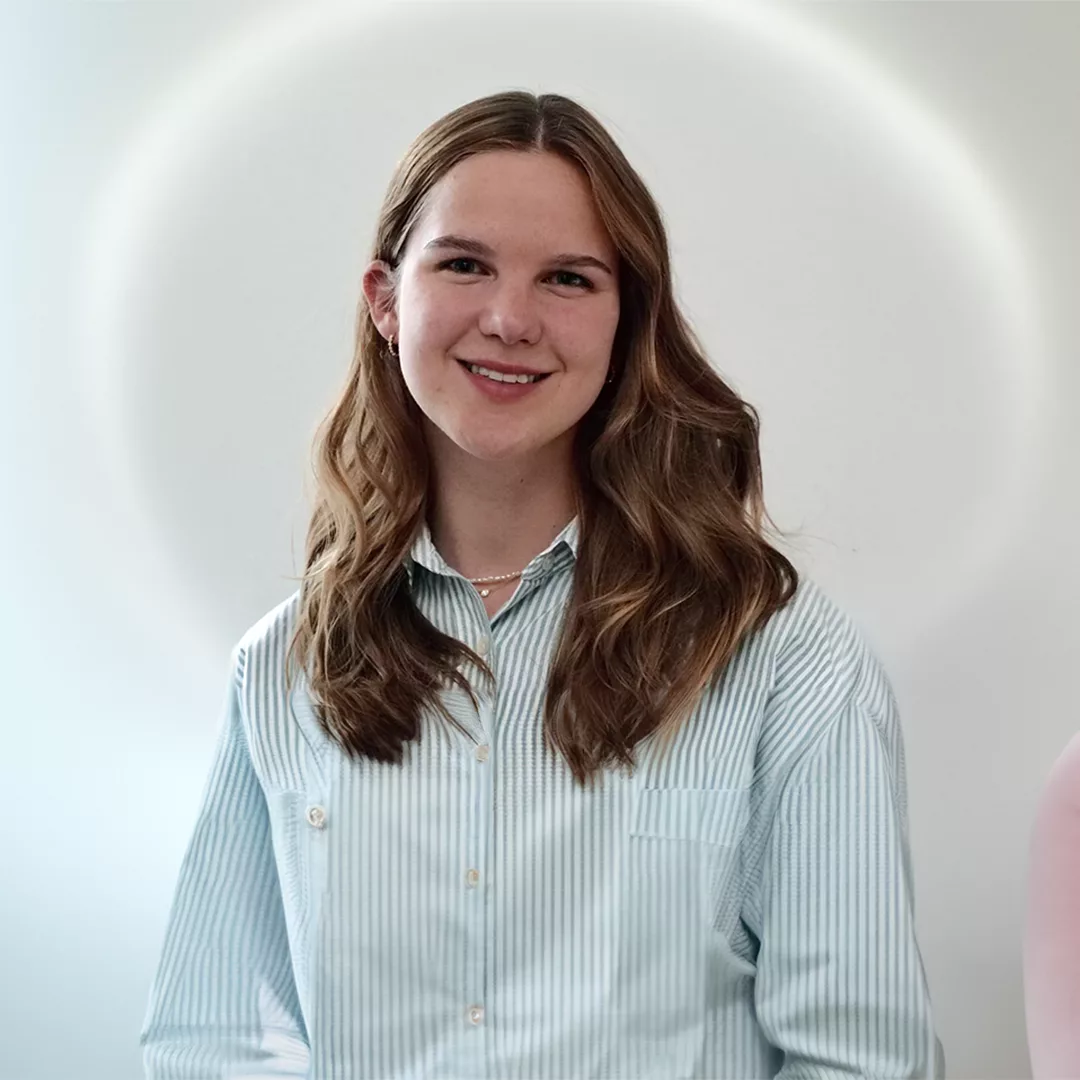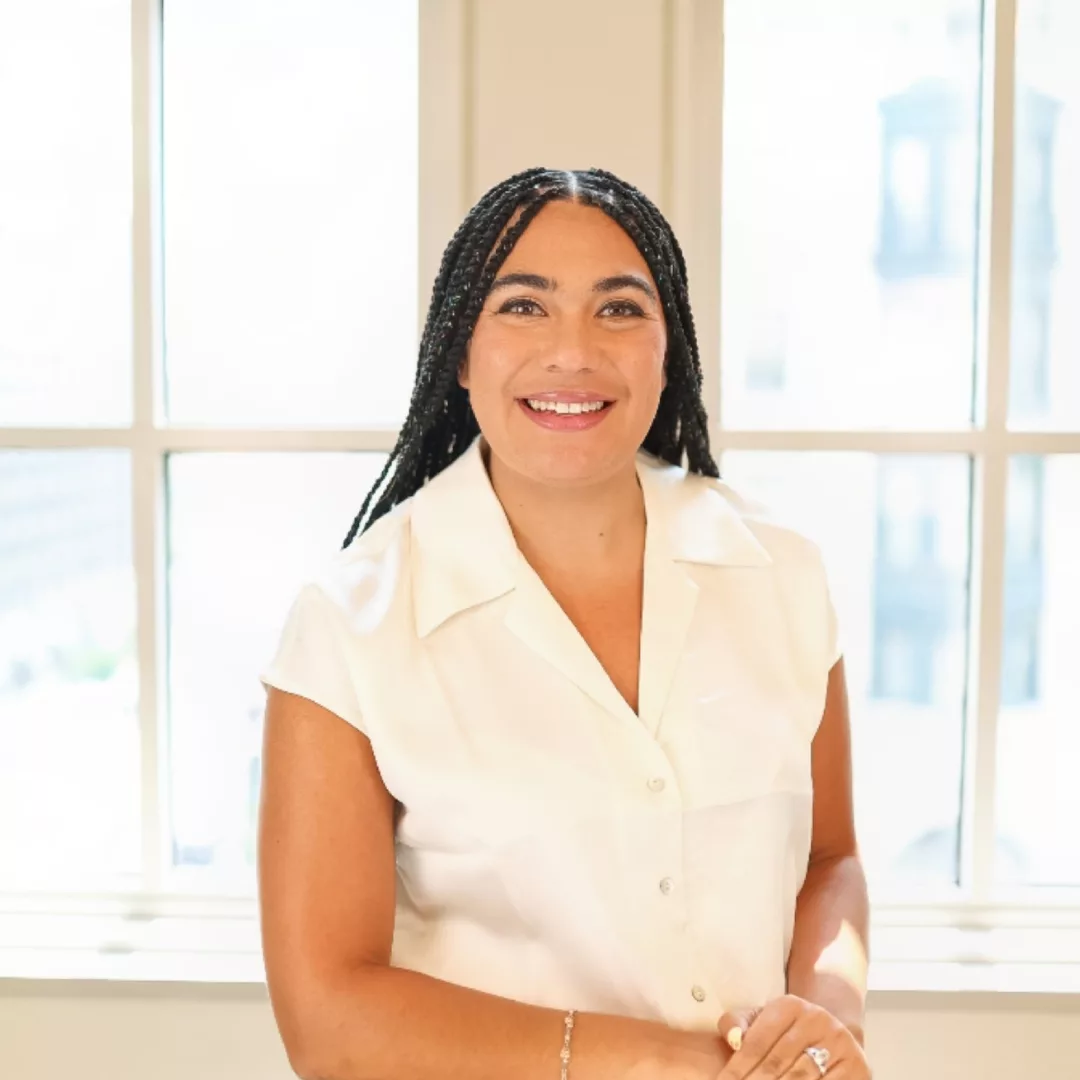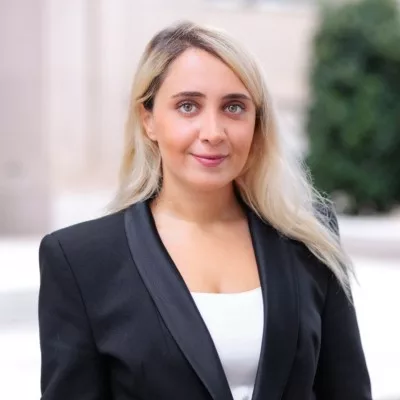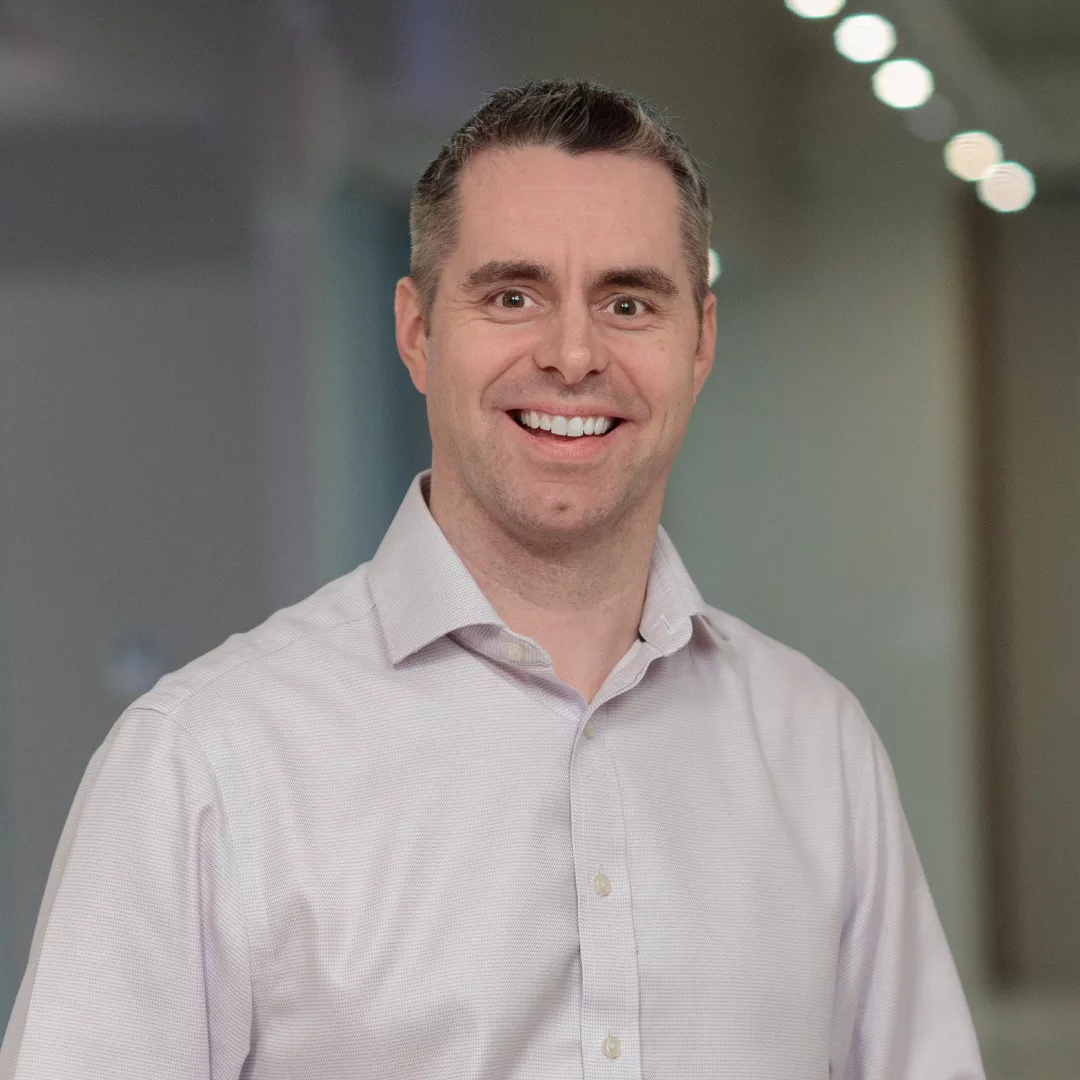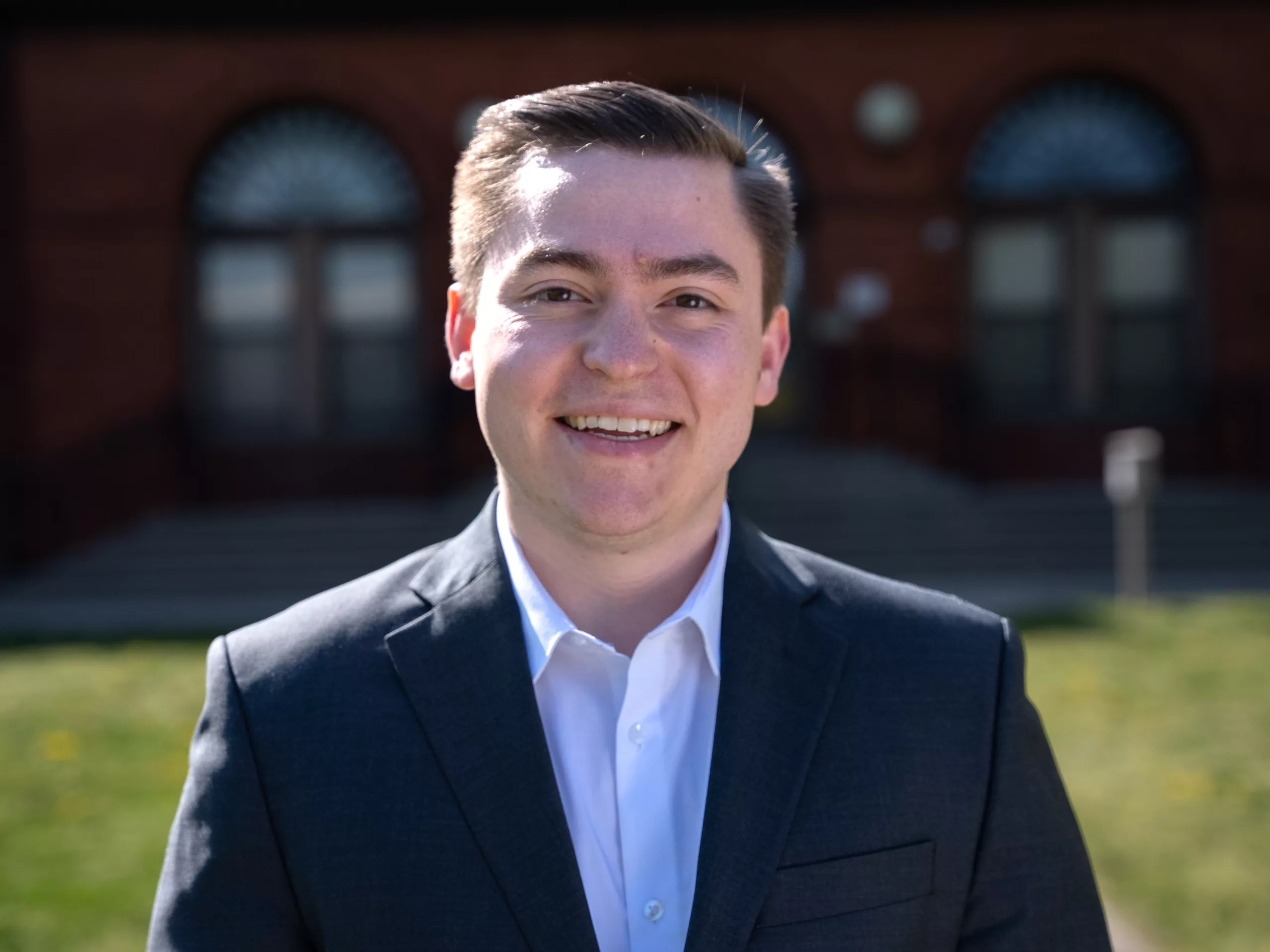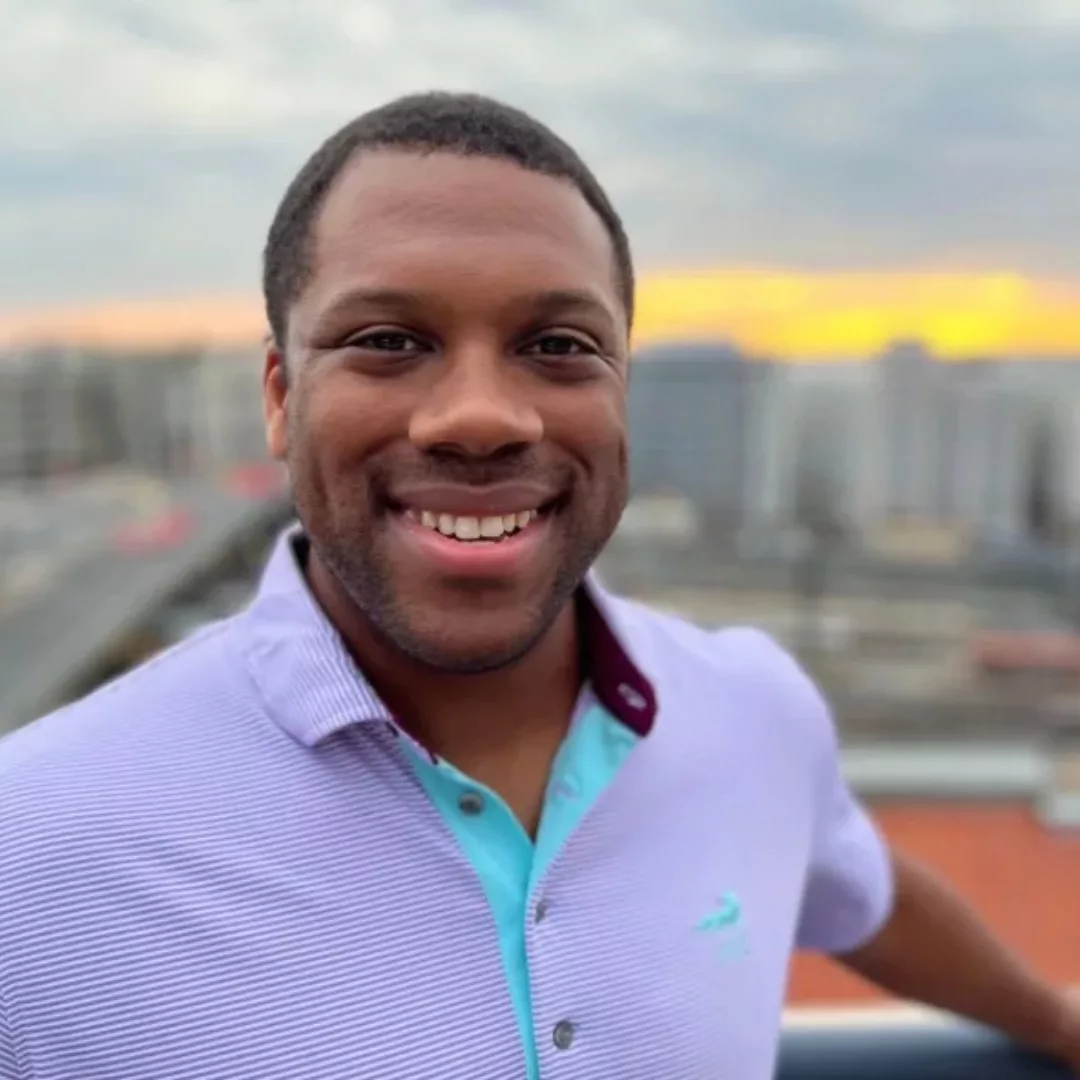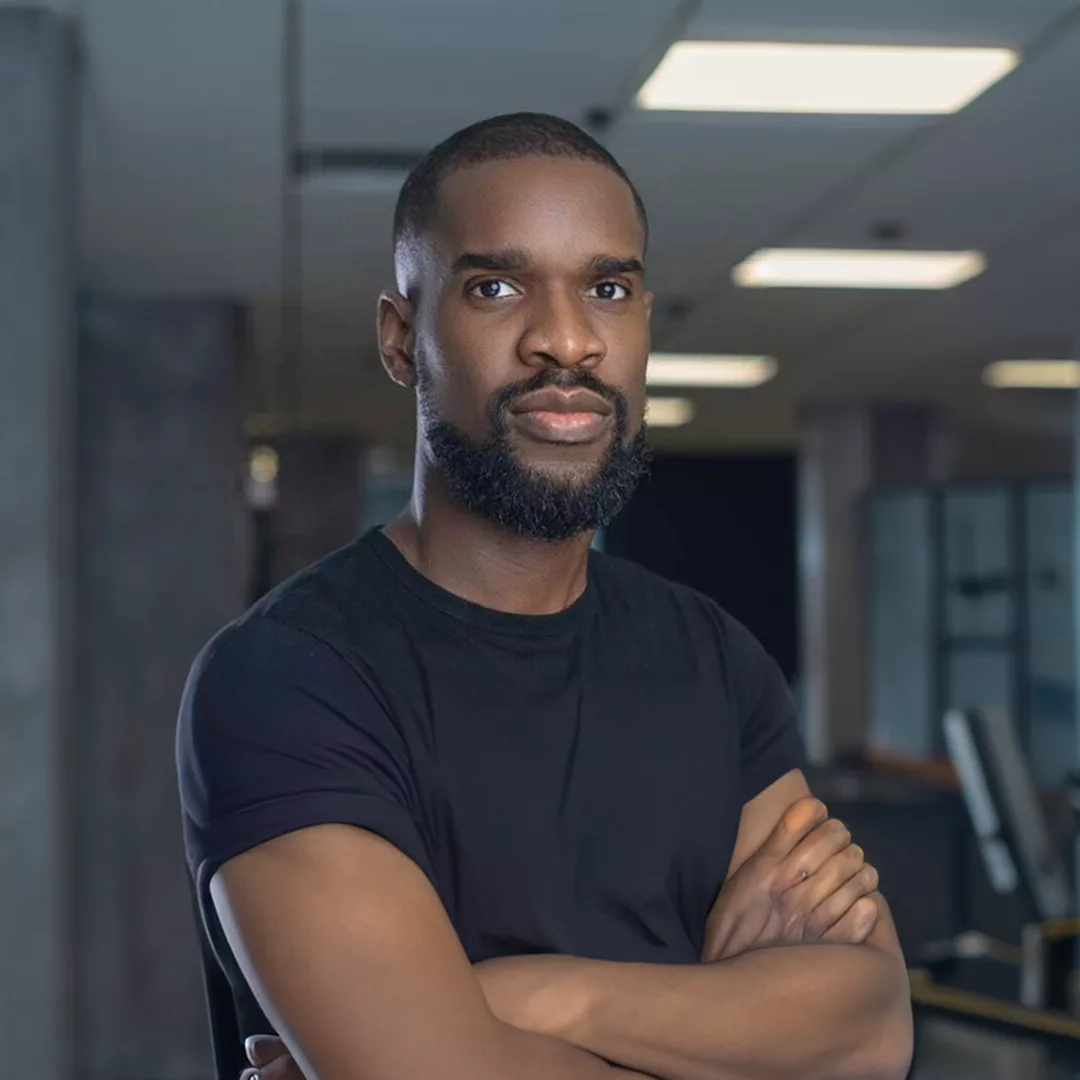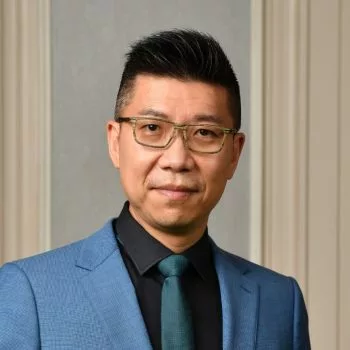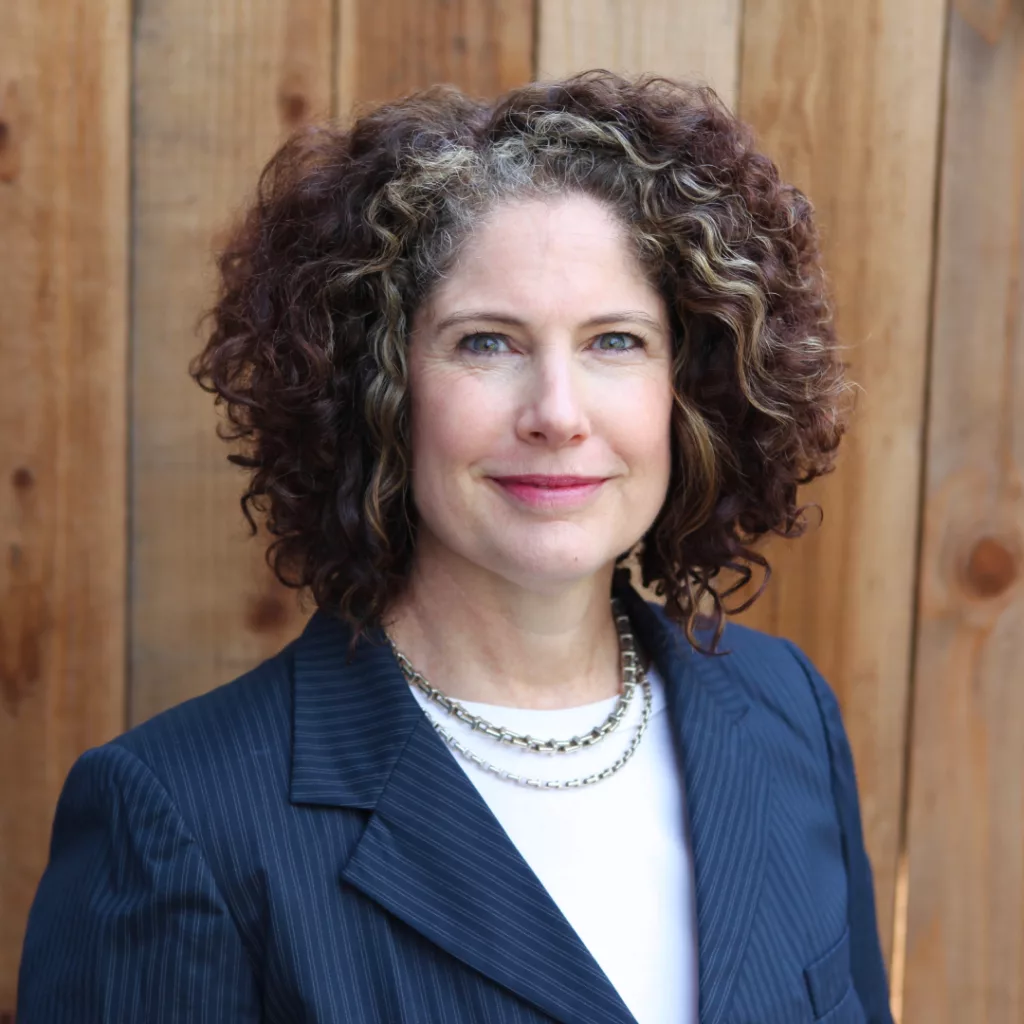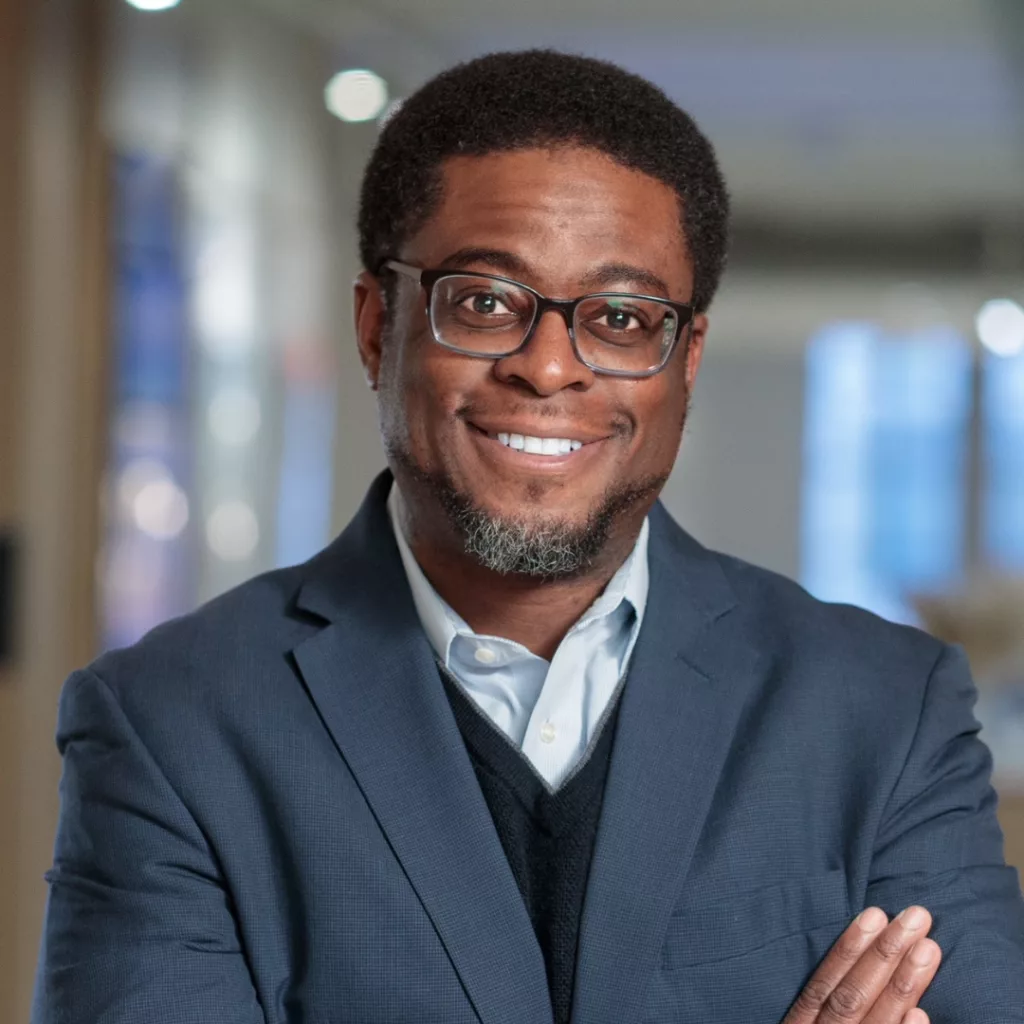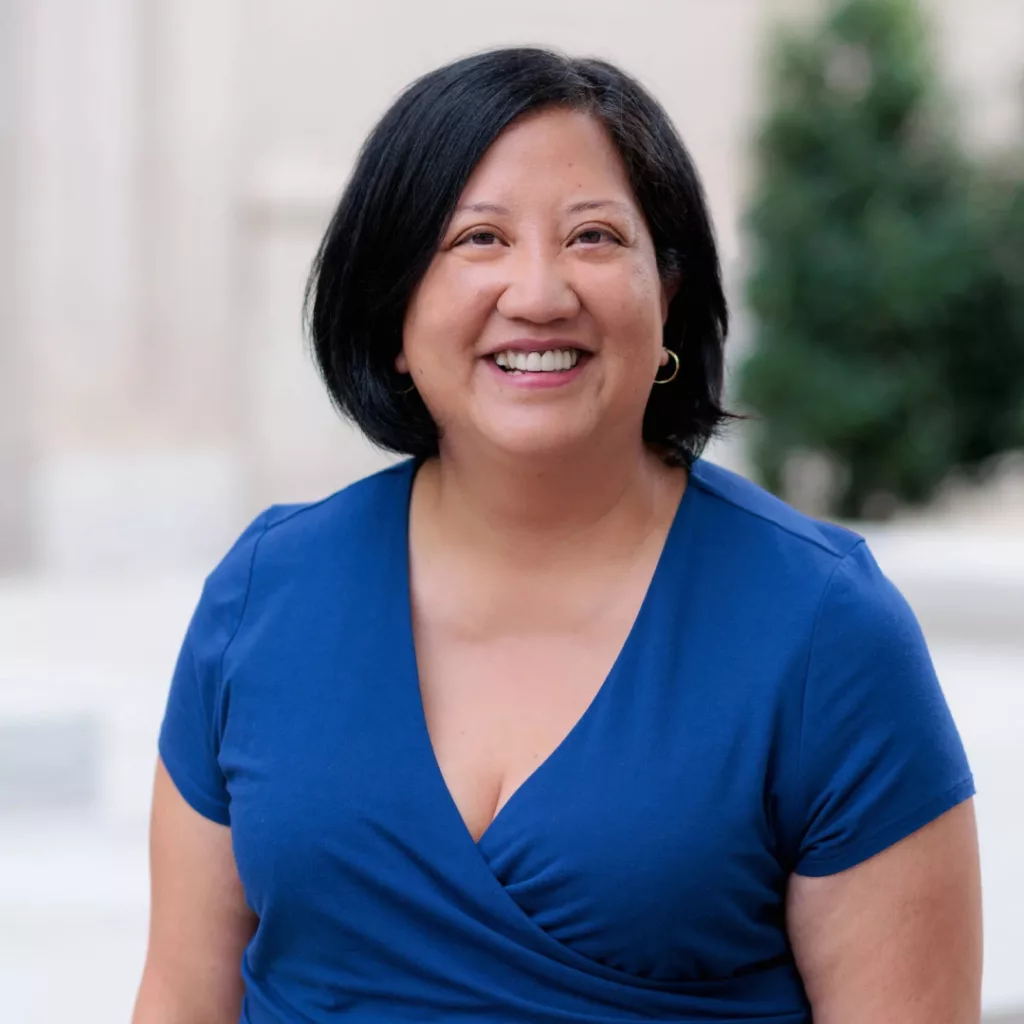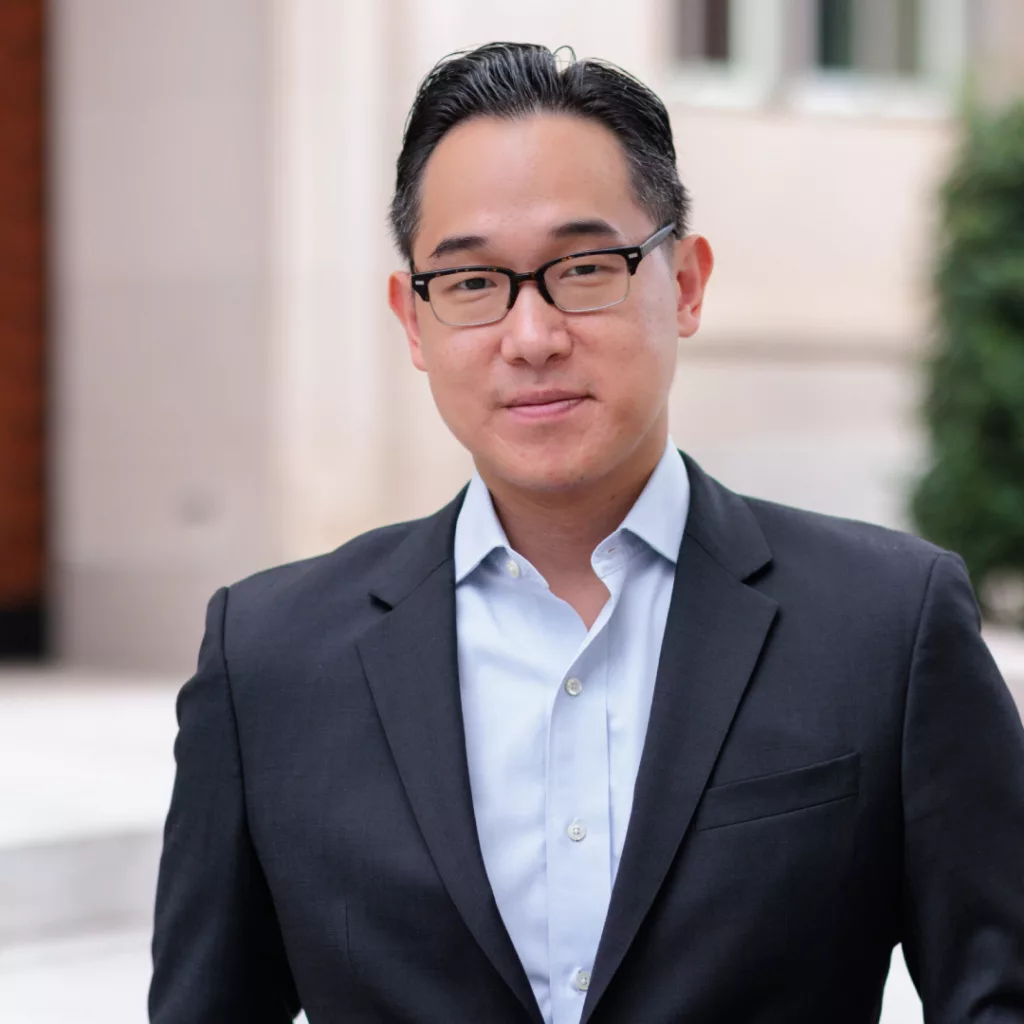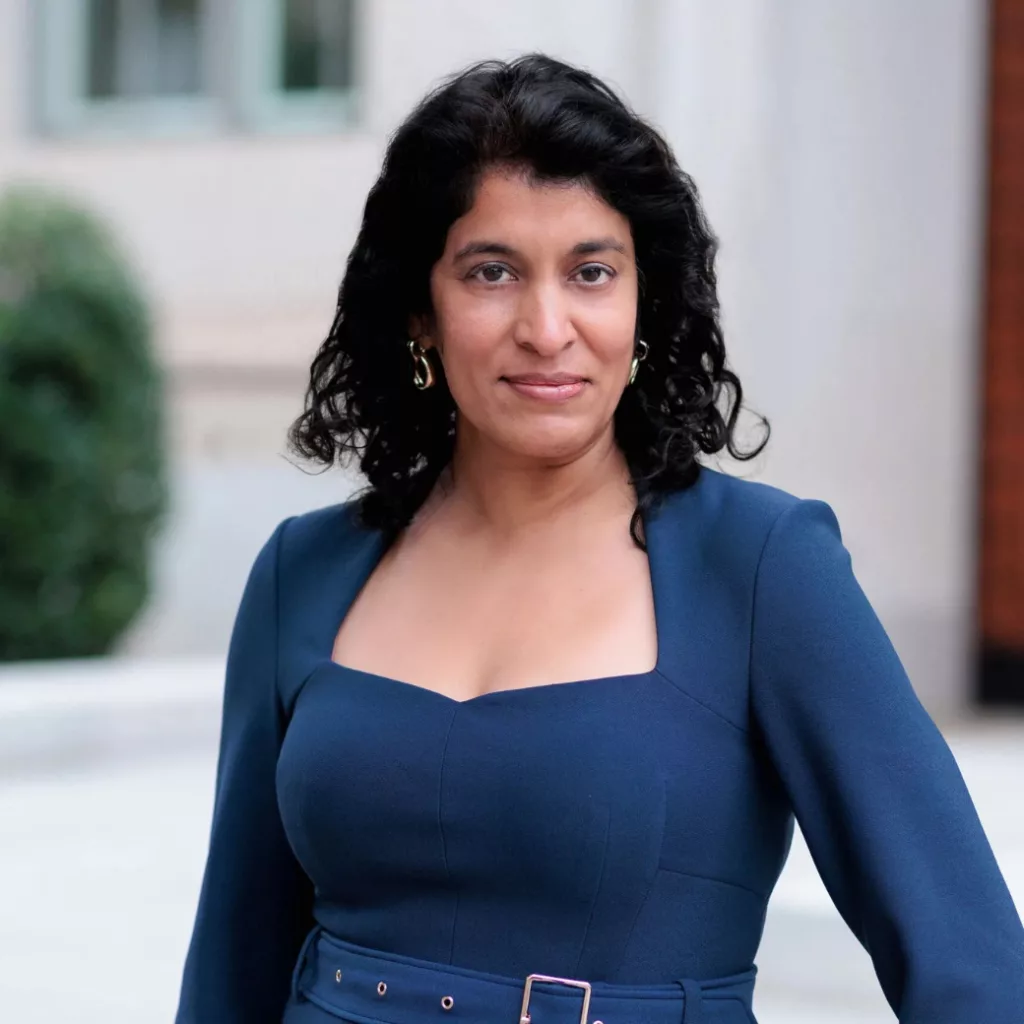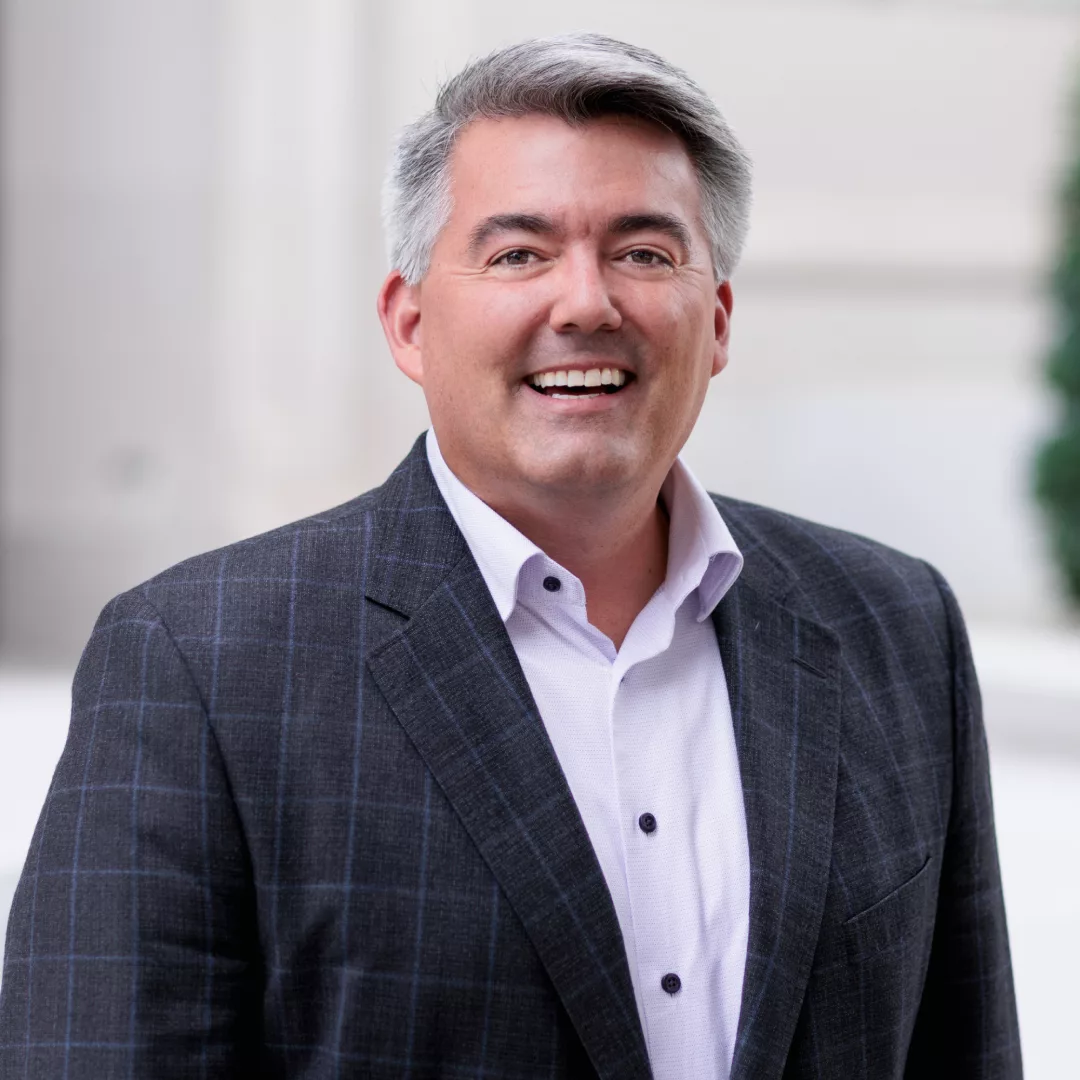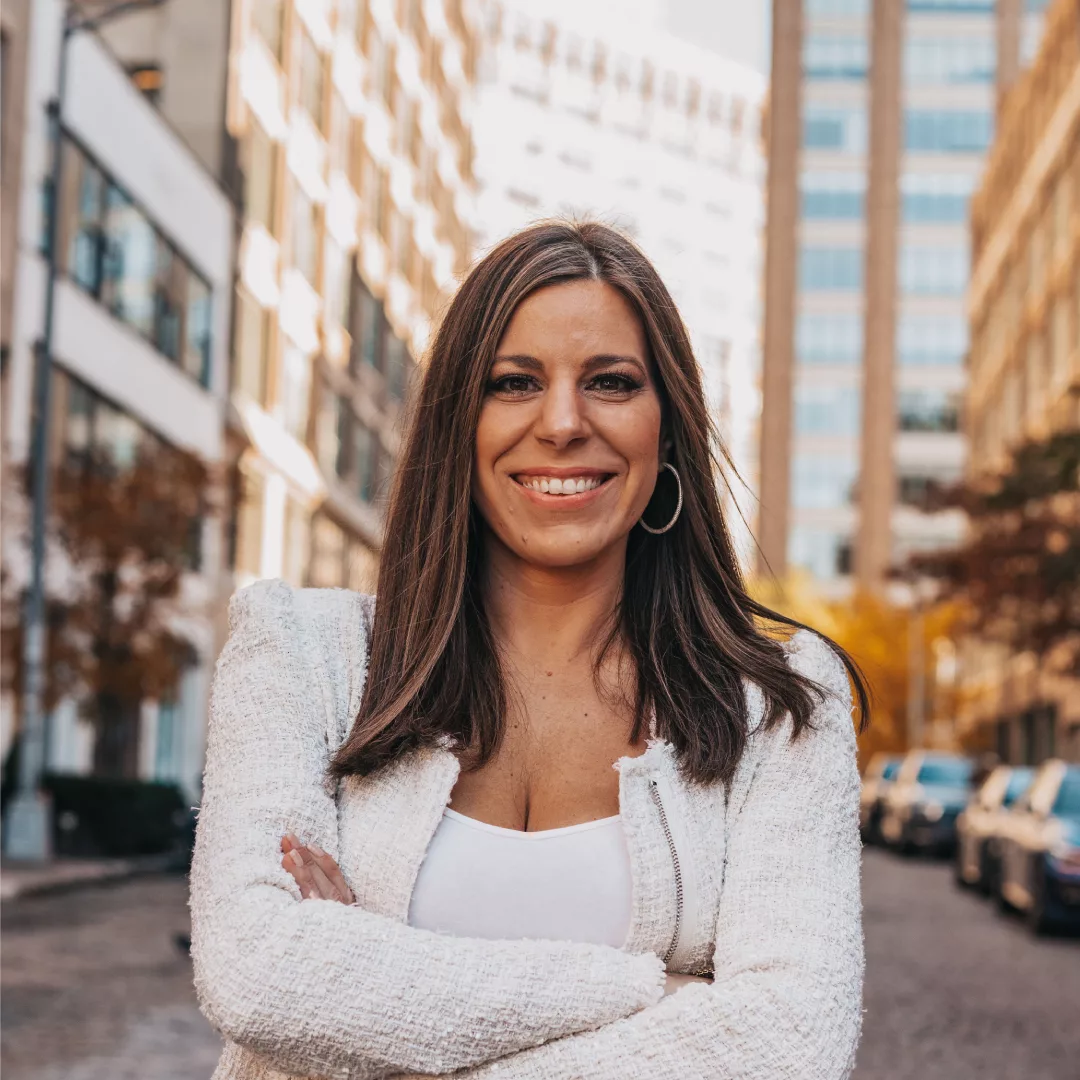
In the CCI member feature series, Gina Moon, General Counsel & Corporate Secretary at OpenSea, shares her thoughts on NFTs and discusses her role in building and leading the legal and policy/government affairs compliance teams at the world’s largest NFT explorer and web3 marketplace.
Tell us your background and what led you to venture into crypto?
At the beginning of my career, I worked at a large law firm, Gibson Dunn, and clerked for a federal district court judge in San Francisco. I then shifted to a boutique firm focusing on criminal defense. I thought this was what I’d spend the rest of my career doing but ended up making the unexpected leap into tech after working on an Uber case. I joined Uber’s litigation team, and then after that I joined Facebook where I did a combination of regulatory and product counseling work. And then I joined OpenSea!
Throughout my career, I’ve been drawn to crises and big, meaty challenges, and I’m very motivated by intensity and the potential for consumer products to change daily lives. When a mentor insisted that I look into and talk with the team at OpenSea, I quickly understood why. Crypto has its fair share of tough challenges and regulatory uncertainty, but NFTs in particular have a wonderful combination of community, entertainment, art, and utility — but also with the potential to redefine digital ownership and democratize access to information. I remember browsing OpenSea and getting excited by all the challenges and standard-setting opportunities there would be. Once I started meeting the team – I was so impressed by their passion, intelligence, and drive and it was a no brainer to make the jump.
What was your “ah-ha” moment?
As I was exploring NFTs, I was really struck by how the shared backend data infrastructure of crypto – public blockchains – can help address so much of the criticism that has been thrown at web2 platforms. This shared infrastructure makes it infinitely easier for smaller companies to gain traction and compete with larger companies much earlier in their life cycle, allows for creators to have direct relationships with their supporters, and allows users to better exercise choice and ownership over their digital presence and identity. The shared infrastructure of the blockchain also presents incredible opportunities to build scalable solutions to content moderation and other challenges that user-generated content presents — as information is transparent and available to everyone, but in a privacy protective way.
How has your journey in crypto shaped your view on the future of blockchain tech/adoption?
My experience in crypto has shown me how difficult it is to change entrenched belief systems. I’ve seen before that really important paradigm shifts are met with skepticism – not just by the established industries that are being challenged, but by potential beneficiaries of the technology before you get to a steep adoption curve. Remember when you had friends that wouldn’t even consider taking an Uber because it felt strange to get into a personal vehicle instead of a taxicab?
For NFTs in particular, a meaningful challenge is that there’s still a generational and consumer divide between the people who value the disintermediated ownership and portability NFTs can offer, and those who don’t. In many ways, I think it’s the same generational divide that exists between people who value digital art versus those who don’t believe digital art is art, as well as those who enjoy online community versus those who don’t see meaning in having an online presence. If you don’t believe something digital (whether it’s art or your presence) can be valuable, NFTs may always be confusing to you.
What innovations are coming?
At OpenSea, one of our company values is “build an ocean, not an aquarium.” As leaders in this space, we know that what we build today will set the stage for anything that comes next – so we’re focused on: building tools and foundational infrastructure that empower creators, collectors and collaborators to experiment and innovate; industry-leading trust and safety efforts to help make this emerging ecosystem safer; and broad user experience investments to welcome new people into the space. For example, in addition to Seaport, the open-sourced decentralized protocol we built to enable faster innovation across the NFT ecosystem, we’re working on open standards that empower new use cases to thrive – starting with redeemables. Redeemable NFTs have some feature or utility that can be “redeemed” to receive another on- or off-chain item. They help creators forge stronger relationships with their communities, enable richer membership experiences, and unlock new applications of web3 technology.
How is OpenSea navigating the policy and regulatory environment right now?
At OpenSea, we believe thoughtful policy and regulation can create unprecedented opportunities for creators and collectors, boost our economy, and advance innovation. For that to happen, we believe it’s critical to help regulators and policymakers understand NFTs. NFTs are still new to many people, and new technologies often don’t fit squarely into existing frameworks. For example, many don’t yet understand the difference between an NFT, a cryptocurrency, and a fungible utility token – and how blockchain technology powers the entire ecosystem.
More importantly, many still don’t understand the value prop of NFTs and that they’re much more than a passing craze. Building more understanding – not just with policymakers and regulators but with the general public – on the huge value NFTs can unlock for everyday people is key to making progress on frameworks that will not only promote innovation but that will foster user trust and understanding. We think this is key to making NFTs more accessible to everyone – a key pillar of our mission.
What building project is most exciting?
Fundamentally, the coolest thing about NFTs to me is that they’re part of this shared public infrastructure that anyone can see, access, and use. So while there is incredible NFT art and novel ways to engage your fans through NFTs, the most exciting project to me right now is the California DMV’s initiative to digitize car titles using NFTs — so you can more easily track and authenticate vehicle titles.
Outside of the NFT space, there is a project called Starling Lab, which is focusing on recording genocide survivor stories as indestructible tokens so their records and experiences can never be erased from our history. This example is interesting for a variety of reasons, including that it shows the value of a blockchain’s immutable nature, despite challenges that immutability may also present in other contexts.
What is OpenSea’s mission?
At OpenSea, we’re on a mission to help NFT economies thrive in a brand new internet, where people have true ownership across platforms, channels, and mediums. With a focus on advancing the ecosystem and simplifying web3, we hope to bring new, compelling use cases – like redeemables – to life, and make it easier for people to create, discover, purchase, and experience those use cases using OpenSea and across the NFT ecosystem. So much of web3 is yet to be built and discovered. For NFT technology to reach its full potential, we’re pleased to align with CCI in its mission to advocate for inclusive regulation that helps unlock the promise and potential of this emerging technology.
